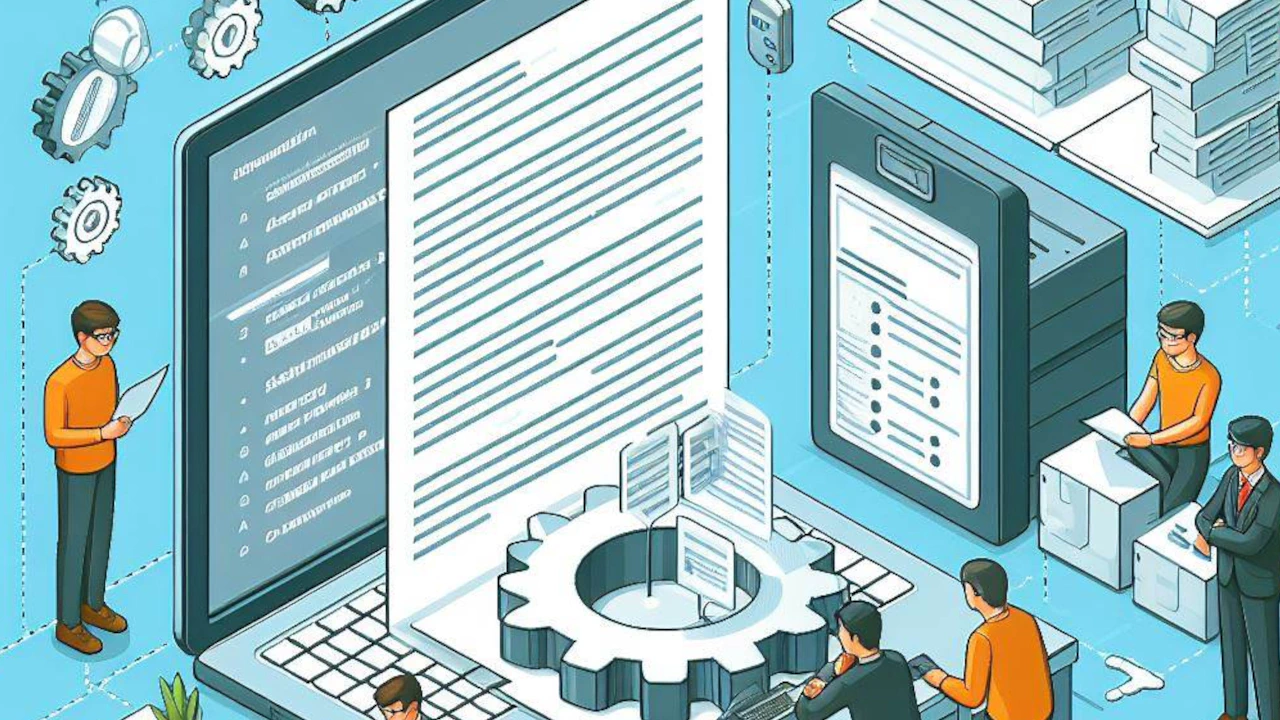
- By Justin Riddiough
- December 10, 2023
Effective documentation is the key to unlocking the full potential of projects. Thoughtful and comprehensive documentation facilitates collaboration, ensures transparency, and empowers users. Here are some best practices for creating impactful project documentation:
Guidelines for Creating Effective Project Documentation:
Clear Structure:
- Organize documentation in a clear and logical structure. Use headings, subheadings, and a table of contents to make it easy for users to navigate and find information.
Installation and Setup Instructions:
- Provide detailed instructions for installing and setting up the project. Include dependencies, environment configurations, and step-by-step guides to help users get started quickly.
Usage Examples:
- Offer practical usage examples and code snippets. Demonstrating how to use different features helps users understand the functionality and implementation of the project.
API Documentation:
- If applicable, create detailed API documentation. Clearly define endpoints, parameters, and expected responses. This is crucial for developers integrating the project into their workflows.
Troubleshooting and FAQs:
- Anticipate common issues users might encounter and provide troubleshooting steps. Include a frequently asked questions (FAQ) section to address queries proactively.
Documentation Hosting Platforms:
- Consider leveraging documentation hosting platforms such as Read the Docs , an open-source free software documentation hosting platform. It supports documentation generated with Sphinx, MkDocs, or Jupyter Book.
Tutorials and Guides
Educational materials, tutorials, and guides play a pivotal role in enabling users to harness the full potential of open-source AI projects. These resources serve as learning pathways, guiding users through various aspects of the project.
Providing Educational Materials for Users:
Getting Started Guides:
- Develop comprehensive getting started guides that cater to users with varying levels of expertise. Include both beginner-friendly and advanced setup instructions.
Use Case Tutorials:
- Create tutorials that showcase the application of the AI model in different use cases. This helps users understand how the project can address specific challenges or scenarios.
Video Tutorials:
- Consider creating video tutorials to provide a visual walkthrough of the project. Videos can be particularly helpful for complex setups or demonstrations.
Contributor Guides:
- Encourage community contributions by providing detailed contributor guides. Outline the process for submitting issues, proposing enhancements, and making pull requests.
Note: Documentation is an ongoing process. Regularly update documentation to align with project developments and community feedback. By investing in clear documentation and educational resources, open-source AI projects can create an inclusive and supportive environment for users and contributors.


